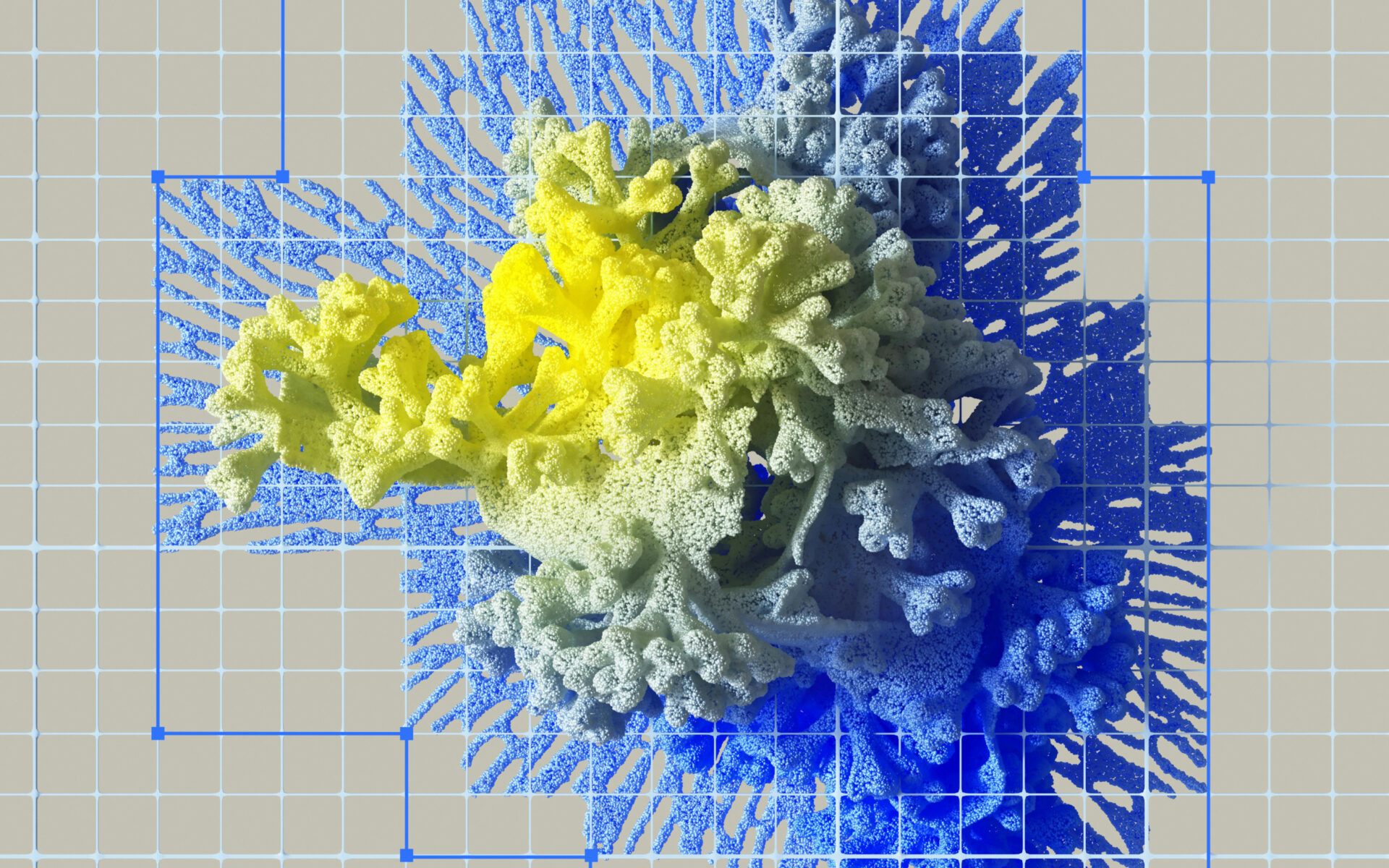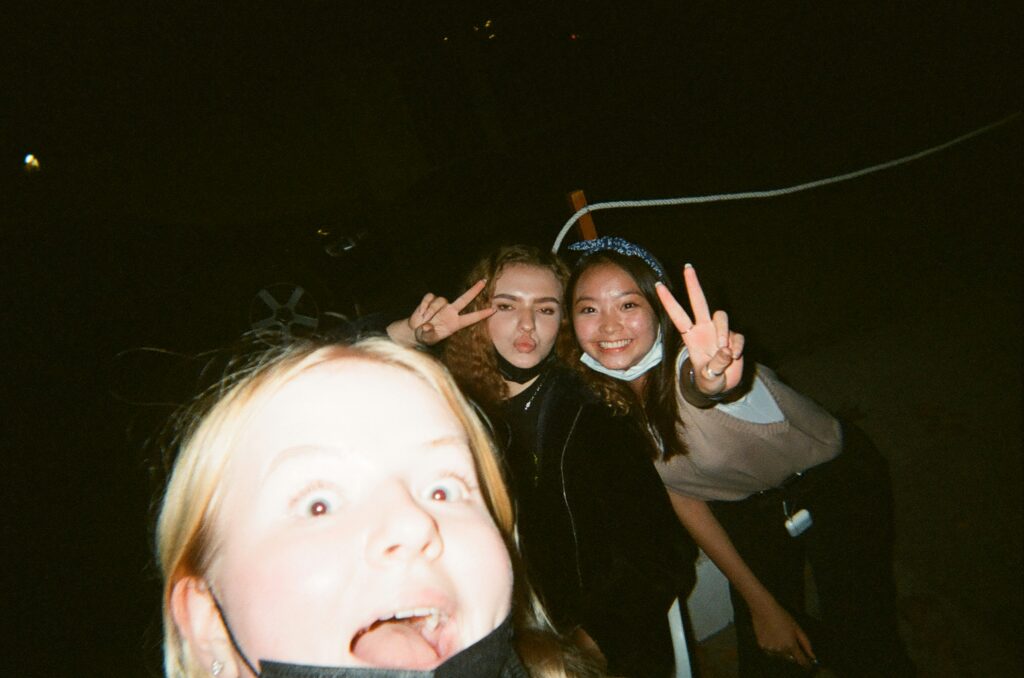Google Ads held its AI Innovation Day on September 24th, 2024, to share how it is adopting artificial intelligence technology to transform its ad products. Notable updates and features were presented that will impact search marketing planning in the coming months and years.
Ads in AI Overviews
Google has been featuring AI Overviews on the Search Engine Results Pages (SERP) for some time now, typically being generated on longer-tail queries and open-ended questions that users are asking, such as “How do I get grass stains out of jeans” (example below).
Google Ads is now introducing search ad inventory that pairs with AI Overviews. For queries like the one in the example pictured above, sponsored product listings for stain removers can appear below the AI Overview. This inventory is currently in beta.
This beta should be on the radar for advertisers and brands with products that align well with open-ended questions or exploratory queries. It would plug in nicely with brands already investing in more Nonbranded, consideration-based keywords at the beginning of the research phase or when they need a product for a specific solution. It is likely that over time, this inventory will be available to all advertisers, and it’s worth proactively thinking about how your brand(s) can utilize this new ad space and how this will change the SERP. No creative or ad copy adjustments need to be configured for this beta, and Google can format current assets for this ad type.
There are several key considerations to keep in mind as this rolls out:
Changes in Search Behavior – In just the past 6 months, longer-tail searches (5+ words) on Google have seen 1.5x growth relative to short-tail searches (<5 words). As users become more familiar with AI prompts and more aware of Google’s AI Overviews to answer their searches, longer-tail searches should continue to boom.
Higher Premiums for Ad Position – Rising CPCs in Google have been a topic of conversation in the past few years, and it stands to reason that AI Overviews could lead to even more competitive bidding across those longer-tail searches. As AI Overviews dominate the top of the SERP, the ad position below it could become even more coveted as it’s being pushed further down the page.
Broad Match Prioritization – Google has been pushing advertisers to use broad match keywords as the match type leverages machine learning to go beyond query matching alone and use other intent signals (location, browsing history, etc.) to determine what to bid and when in specific auctions. As ad space becomes available next to AI Overviews, the broad match will likely become even more essential for brands hoping to match to unforeseen, longer-tail queries that would be harder to find on their own through search query monitoring or exact match keywords alone.
Shopping Ads in Google Lens
Google Lens delivers on visual search, which continues to grow—to 20 billion visual searches per month. Across Lens, 20% of all searches are shopping-related, and Google will soon begin seamlessly integrating feed-based Shopping Ads inventory alongside visual search results by the end of 2024.
Lens works with Google’s AI models to identify the exact product you’re looking at from an inventory of over 45 billion products within Google’s Shopping Graph. With Lens, you can simply snap a photo of the product, and the AI will do the rest of the work in finding that item online – a perfect guide for users looking to discover products while on the go or on a whim. With this new rollout, ads will surface within the visual search results. Advertisers don’t need to take any action to begin serving in these placements. Brands running shopping ads will be eligible for these new visual search auctions. Among things to consider:
Visual Search Growth – Advertisers will want to keep tabs on using Google Lens and if visual search begins to take a sizeable share of activity from text-based searches in the next few years. Years ago, voice search was heralded as the next big thing, but so far to date, it has not shifted the Search landscape. Time will tell if visual search has the same fate and plateaus or continues to grow. For shopping, advertisers should follow all usual Merchant Center feed best practices to ensure their products are geared to show on Lens.
Matching & Reporting—It will be interesting to see how Google categorizes visual search ads in the Google Ads platform. Since the ad will be matched to an image, it presumably won’t appear in search query reports. Unless Google establishes specific reporting segmentation for the inventory, it might be hard to pinpoint the performance of a visual search. Ideally, that segmentation will eventually come to fruition, given that Lens seems to hold such significant lower-funnel influence and might generate considerably different click-through and conversion rates than text-only searches.
Conversations Experience in Google Ads (CEGA)
AI is transforming Google’s ad inventory and how brands and agencies create ad assets internally. CEGA is Google’s latest feature available within the Google Ads platform, allowing users to create assets (ranging from text headlines to image assets) using AI.
A Google Ads user can simply provide a site landing page in its current beta form. CEGA will help generate everything from keywords to ad copy based on the content and verbiage on the intended landing page. CEGA also contains a chat feature to prompt the AI to refine the copy and any changes based on conversation direction using Google’s large language models. For example, a user could prompt CEGA to “add more calls-to-action” or “make the copy more casual.” There are some key variables to consider:
Ad Strength—Google generates keywords and ad copy through CEGA, pulled directly from site content. It should promise advertisers “Good” to “Excellent” ad strength, which ultimately can improve ad position on the SERP and lead to more efficient CPCs due to higher ad relevancy.
Compliance Concerns—CEGA would be riskier to leverage for advertisers with strict compliance concerns when drafting ad copy. However, it could still be used as a helpful starting point that can be refined with human oversight. Still, for sensitive accounts or ones with rigid guardrails on messaging, manual entry will likely continue to make sense first and foremost.
Conclusion
There are some significant recent developments at Google regarding AI and how it will begin impacting the landscape of Search & Shopping Ads. Search marketers should proactively begin exploring these betas and features for their brands and prepare for a future in which many of the features and betas will become always-on staples within a few years. The full impact of AI and visual search has yet to be realized, and soon enough, there might be no choice but to pay attention and adjust the strategy accordingly, whether it is dictated by user behavior, Google Ads best practices, or both.
Thanks for reading. If you liked this article, we invite you to learn more about our Paid Search services.




